I have put a library that my team uses into a nuget package that is deployed from TeamCity into a network folder. I cannot debug into this code though! SymbolSource is one solution I have read about but I would much rather find some way to have access to the .pdb/source files directly from TeamCity. Does anyone know how to do this?
Edit. When I check 'Include Symbols and Source' in the Nuget Pack build step, TeamCity creates a .Symbol.nupkg in addition to the .nupkg file in the network folder. The .Symbol.nupkg contains the src and the .pdb file.
Edit. I unchecked 'Include Symbols and Source' on TeamCity and added the following to my nuspec file:
<files>
<file src="..\MyLibrary\bin\release\MyLibrary.dll" target="lib\net40" />
<file src="..\MyLibrary\bin\release\MyLibrary.pdb" target="lib\net40" />
<file src="..\MyLibrary\*.cs" target="src" />
<file src="..\MyLibrary\**\*.cs" target="src" />
</files>
This added the dll, the pdb, and the source files for my library in the nuget package and didn't generate a .Symbols file which I think is only needed for symbol servers.

